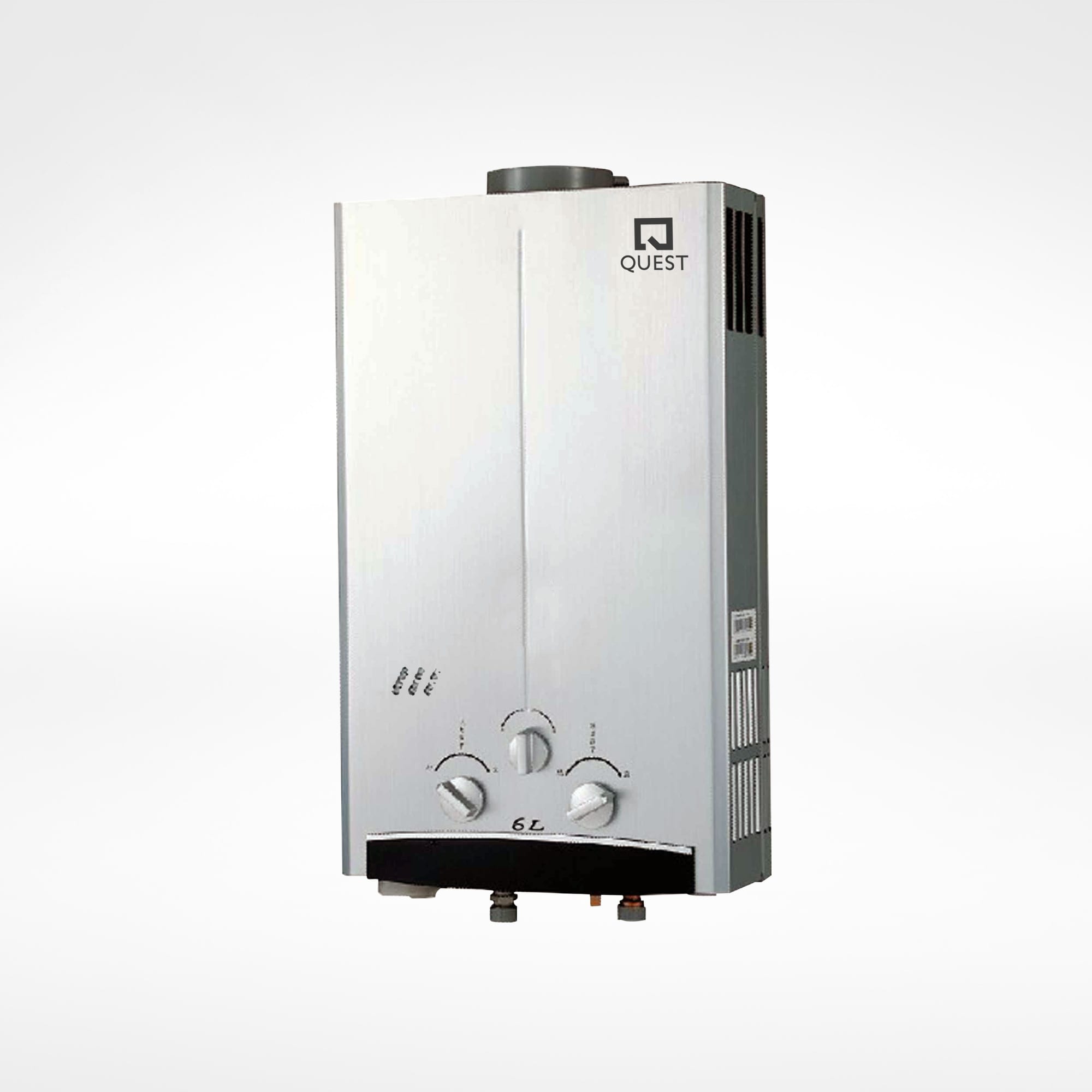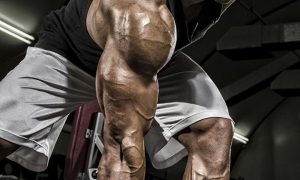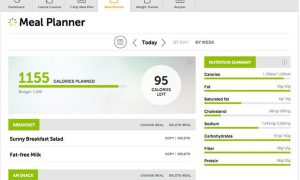Everything You Need To Know About Electric Water Heaters With No Storage Tanks
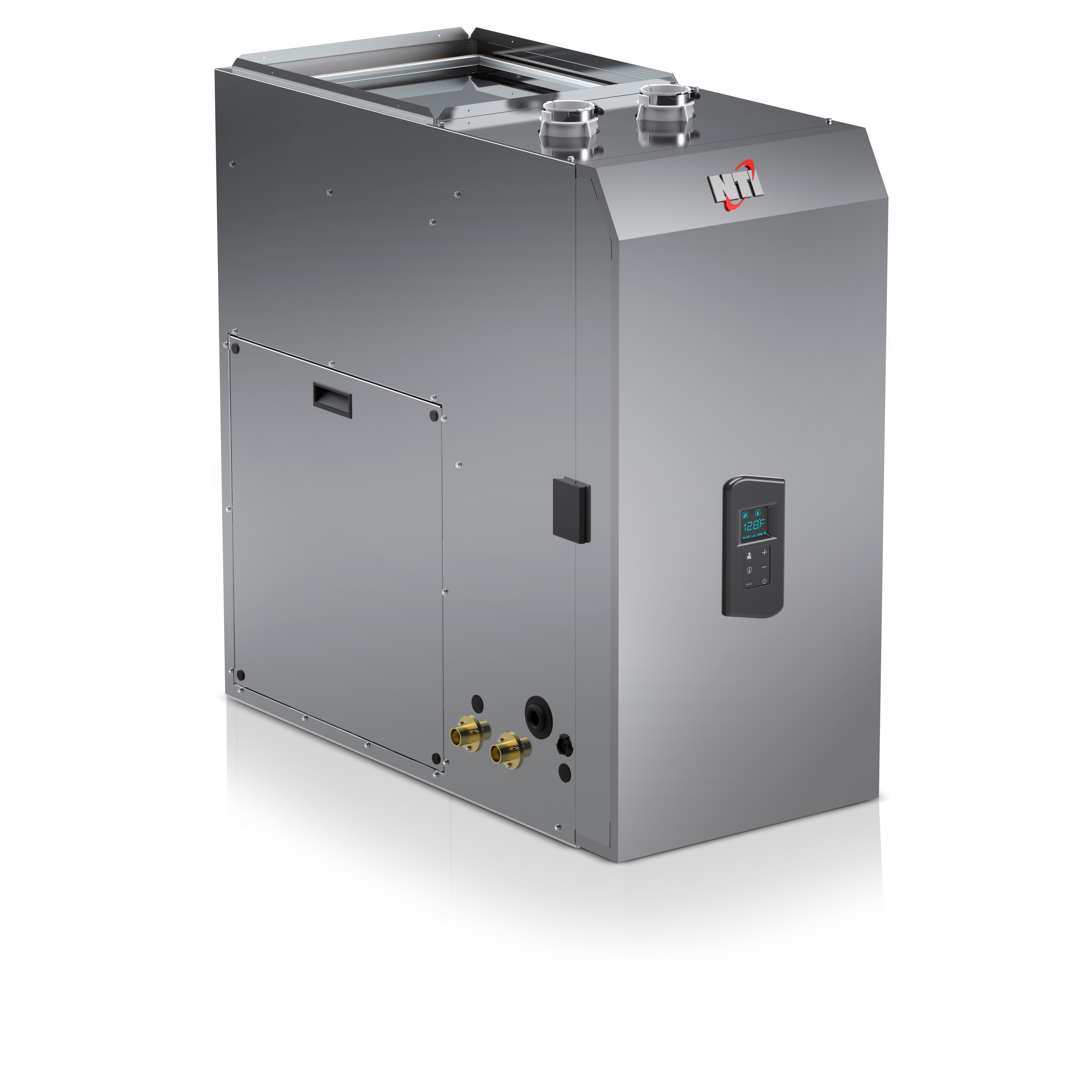
Everyone loves a warm bath, especially during the cold season. Due to that, we present to you the best electric tankless water heaters reviews to help you choose the best water heater for you. Without further ado, let’s start:
Water heaters with no tank warm water only once it is required, getting rid of the demand of getting a storage container and the operating deficits connected with continuously sustaining a storage tank filled with warm water. The majority of tankless hot water heaters have a life span of around Two decades, which is even longer when compared with any kind of traditional tank type hot water heater. Additionally, they get rid of the possibility of tank leakages and water deterioration.

How electric tankless water heaters work
Whenever you switch on the warm water faucet, cold water is driven through the pipe towards the unit and warmed by using an electrical heating system component or a fuel furnace. The warm water does not become depleted, however, the circulation level might be restricted. Tankless hot water heaters generally provide warm water at a pace of 2 to 5 gallons for each minute. Tankless water heaters that are using gas will typically possess increased circulation rates when compared with electric powered versions.
Different types of tankless water heaters
There are actually a couple of primary kinds of tankless hot water heaters. The first is small models that are generally set up at the place where it is needed, like in the shower itself. The second one is a large tankless water heater that can service the whole house. The smaller sized versions are effective in reducing or getting rid of heat loss by means of pipes, together with removing standby loss originating from a tank. However, you will need several devices to deliver hot water in your entire home. They may be very beneficial for supplementing your normal hot water heater for a restroom that is far from your main one.
Besides getting rid of heat loss by means of lengthy pipes, they are able to conserve the time as well as water that is lost when you are waiting for it to be hot. Bigger tankless hot water heaters that service the whole home can supply warm water for several rooms in your house. Although these models get rid of the heat deficits originating from a storage container, there is going to be some heat loss that cannot be prevented unless your pipes have insulation. In the next section, we will discuss about the pros and cons of installing a tankless water heater system.
The advantages and disadvantages of using tankless water heater
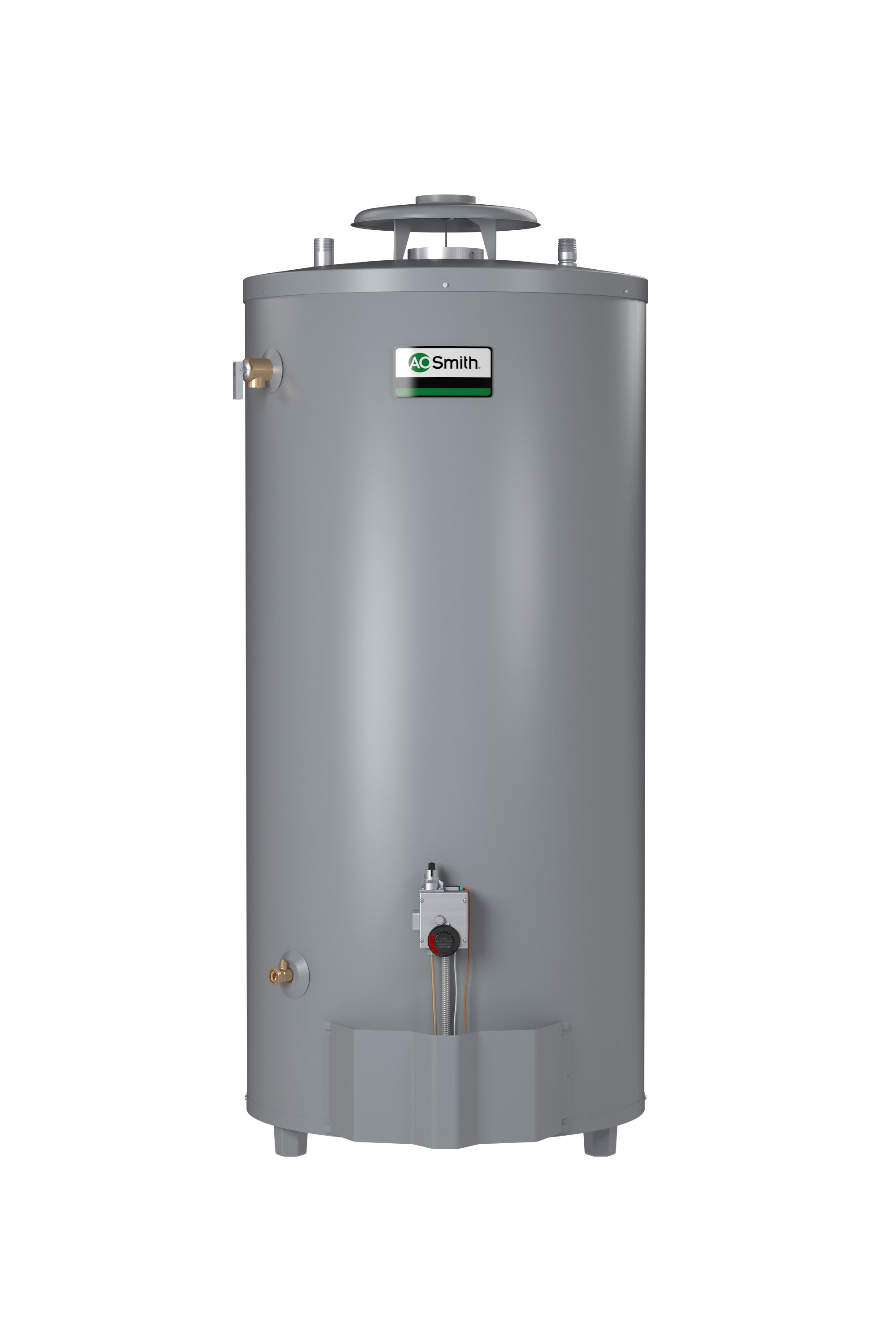
The pros of using a tankless water heater
- Tankless hot water heaters are small in proportions, using significantly less area when compared with traditional tank type hot water heaters.
- They are able to practically get rid of heat loss, or energy spent whenever warm water becomes cold when being transported in a lengthy water pipe or when it is just being stored in a tank.
- By giving warm water instantly wherever it is actually needed, tankless hot water heaters spend significantly less water. There is no need to allow the water to run as you bide time until the warm water gets to a connected faucet.
- A tankless hot water heater provides infinite warm water provided that it is working throughout its capability.
- The estimated lifespan of a tankless hot water heater is about 20 years, in comparison with 10 up to 15 years max for a hot water heater with tanks.
The disadvantages of using a tankless water heater
- Tankless hot water heaters generally cannot provide sufficient warm water for concurrent purposes like tub areas and laundry washing.
- Except when the system comes with a modulating heat regulator, it might not warm water to a continuous heat at various circulation rates, which means that water heat can vary. This is even more noticeable if the pressure of the water is different in every part of your house.
- Electrical tankless hot water heaters need a somewhat increased electrical power due to the fact that water should be warmed rapidly to the preferred temp. In some instances, the household’s electrical service plan might need to be improved.
- Tankless hot water heaters powered by gas needs to be vented towards the outside of the house, whether by using a primary vent or a traditional exhaust opening.
- If a hot water heater that is powered by gas is using a pilot light, it could possibly spend power wastefully. Using a traditional hot water heater, the pilot raises the temperature of the water stored within the tank, therefore it is not actually used wastefully.
